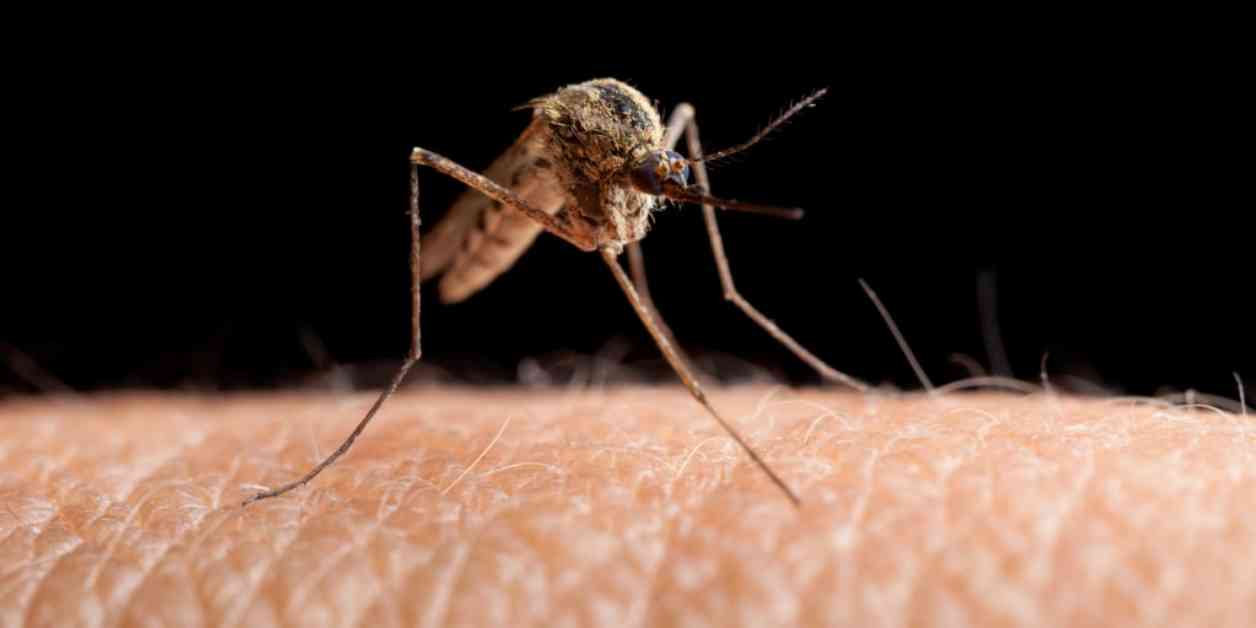Understanding the Oropouche Virus: A Comprehensive Guide to Sloth Fever
More than 20 individuals returning to the United States from Cuba have recently been diagnosed with a virus transmitted by insects, the Oropouche virus. This disease, also known as sloth fever, has raised concerns among federal health officials. However, despite the reported cases, there is currently no evidence to suggest that the virus is spreading within the United States. Nevertheless, health authorities are urging U.S. healthcare providers to remain vigilant and be on the lookout for potential cases of the infection in travelers arriving from Cuba and other regions in South America.
What is the Oropouche virus?
The Oropouche virus is a pathogen that is predominantly found in forested tropical areas. It was first identified in 1955 in a 24-year-old forest worker on the island of Trinidad, and subsequently named after a nearby village and wetlands. Interestingly, the virus has earned the nickname “sloth fever” due to its initial discovery in a three-toed sloth. Scientists believed that sloths played a crucial role in the transmission of the virus between insects and animals.
How does the Oropouche virus spread?
The Oropouche virus is primarily transmitted to humans through the bites of small insects known as midges, as well as certain species of mosquitoes. Individuals have been infected while visiting forested regions, and it is suspected that human activities have contributed to the virus’s spread to urban areas. However, there have been no documented cases of person-to-person transmission of the Oropouche virus.
Incidence and impact of the Oropouche virus
Since late last year, the Oropouche virus has been identified as the causative agent of significant outbreaks in the Amazon regions where it was previously known to exist, as well as in new areas across South America and the Caribbean. Approximately 8,000 locally acquired cases have been reported in countries such as Bolivia, Brazil, Colombia, Cuba, and Peru. Some travelers have also been diagnosed with the virus in the United States and Europe.
As of the most recent data released by the Centers for Disease Control and Prevention (CDC), there have been 21 reported cases of the Oropouche virus in the U.S., with 20 cases in Florida and one in New York. All of these individuals had recently traveled to Cuba. European health authorities have previously confirmed 19 cases, predominantly among travelers.
Symptoms, diagnosis, and treatment of the Oropouche virus
Symptoms of the Oropouche virus can often mimic those of other tropical diseases such as dengue, Zika, or malaria. Common symptoms include fever, headaches, muscle aches, as well as gastrointestinal issues like diarrhea, nausea, vomiting, and rash. In some cases, patients may experience recurring symptoms, and approximately 1 in 20 individuals may develop more severe manifestations such as bleeding, meningitis, and encephalitis. While the virus is rarely fatal, recent reports from Brazil have highlighted the deaths of two otherwise healthy young individuals.
Currently, there are no vaccines available to prevent Oropouche virus infections, and treatment options for managing the symptoms remain limited. Healthcare providers primarily focus on supportive care to alleviate the patient’s discomfort and monitor for any potential complications.
Additional concerns and preventative measures
Health officials in Brazil have initiated investigations into reports suggesting that the Oropouche virus could be transmitted from a pregnant woman to her fetus. This development raises concerns reminiscent of the Zika outbreaks that occurred nearly a decade ago. As a precautionary measure, the CDC has advised pregnant women to avoid non-essential travel to Cuba and recommended all travelers take preventive steps to minimize their risk of insect bites, such as using insect repellents and wearing protective clothing.
In conclusion, the emergence of the Oropouche virus highlights the ongoing challenges posed by infectious diseases, particularly in tropical regions. While the current outbreaks have not led to widespread transmission within the United States, the importance of vigilance and preventative measures cannot be overstated. By staying informed and adopting appropriate precautions, individuals can help mitigate the potential risks associated with the Oropouche virus and other similar pathogens.

















